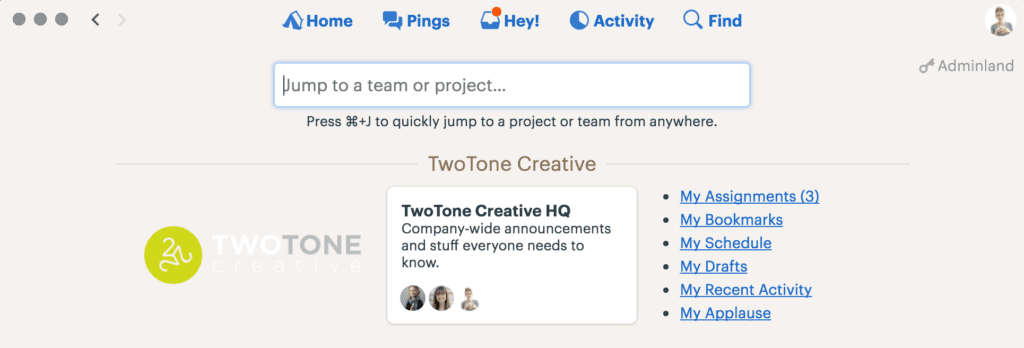One of the top keys to productivity is organization. If your business (or your life) isn't organized, chances are you're either going to be too distracted to get anything done, or you're going to be focused on the wrong things. Finding an organization system that works for you is important, and so is taking time to set it up.
Once you’ve implemented a system, don't be afraid to change it up to make it work best for you and your company. Even if you think you've found the perfect system, be open to change. As organizations, times, and technologies change, your productivity system should change to fit growing needs and new opportunities.
Also, know that every person and every company is different, so what works for us might not work for you. Heck, five years (or six months) from now, it might not work for us either. But currently, we're hitting peak productivity by utilizing these three organizational tools.
Basecamp

What it is:
It's basically a sophisticated to-do list that you can share with your team and your clients.
How we use it:
Let's start at the high level. Within one Basecamp Account, you can have multiple projects. Within one project, you can have multiple lists. Within one list, multiple to-dos. And each of those projects and to-dos can be assigned to specific people. Then, you can look at your assignment list, and start working! It also lets you add in dates and transfer files.
This is a great way to communicate with clients. At TwoTone, we have every client of ours use Basecamp. Emails can get lost and attachments sometimes go unseen, but in Basecamp, the whole history of an entire project is readily available. This helps keep communication between multiple designers and clients orderly.
Tasks of any size, shape, and form have a place on Basecamp. The premise of the program is simple, but really it's effective. And at the end of the day, there's nothing quite like checking an item off your to-do list (even if it's digital).
Slack

What it is:
The business equivalent of texting, if your texts were organized into specific channels and could store all kinds of files in one place.
How we use it:
This is mainly for quick conversations. Need to know where a file is ASAP? We send a quick message to our clients or coworkers, and usually get a response in just a few minutes. Slack also stores files, so it's great for sending over a quick screenshot or PDF for review.
Aside from these everyday uses, Slack is a really handy place to share business and design inspiration. It's also great for sharing funny stories or quotes - just make sure these are kept in a separate channel so that they don't detract from important business!
Google Sheet
 What it is:
What it is:
A digitized white board or Kanban filled with a list of each person’s tasks for that day. And also one of the most effective organization tools for visual types like us.
How we use it:
Every task assigned in Basecamp is added to the Google Project Sheet. Each employee has a column for their tasks, and the project manager decides who to assign the task to based on the client, the project type, the due date, and the overall workload for each person.
When someone is working on a task, they change the box for that task to green. When they are waiting for a client to review or approve, the task box is turned to yellow. And when a task has been completed, the text is changed to strikethrough. If a task is a high priority, we change the text to bold. And if we need the task to be reviewed or have a question, the task box turns red to alert the team.
If a task is still on hold at the end of the day, it moves to an “on hold” section lower on the sheet. We also have an “upcoming” section in the middle of our project sheet, allowing us to see what’s coming up on our task list for the week or month. And at the end of every day, our completed tasks move to the bottom of the sheet.
Having everyone’s tasks in one sheet cuts down on a lot of questions and having to ask people for updates about where they are at. The project manager can quickly glance at the Projects Sheet to see if someone is working on something or if it’s next on their list. We can easily move tasks around if too much is falling on one person’s plate or a priority task comes in that needs attention right away.
As a team, we can constantly prioritize based on what needs to get done first. When you finish a task, you don’t have to spend a bunch of time figuring out what to do next. You simply look at your task list and dive into the next item on your list.
Throughout the week, it’s rewarding to see the tasks moving from on hold to completed. Our Projects Sheet is a living, breathing document, always adapting and changing throughout the day/week as we need it to.
The Process of Productivity
Staying productive relies on having solid strategies in place and staying organized. Know that achieving productivity through a method that works for you and your company is going to require some trial and error. That's OK! Try new things and discover what works best. You just might stumble across a process that increases your productivity tenfold.
We've only scratched the surface of the organizational elements used to increase productivity. However, it's our hope that this small snapshot into our process will help you discover what works best for you! Leave a comment or message us with YOUR top recommendations — we're always looking for new inspiration!
Learn more about us.
Kayla is our resident wordsmith and grammar aficionado. With an editorial background and experience working for a major magazine, she is passionate about creating unity between words and design…




 What it is:
What it is:








